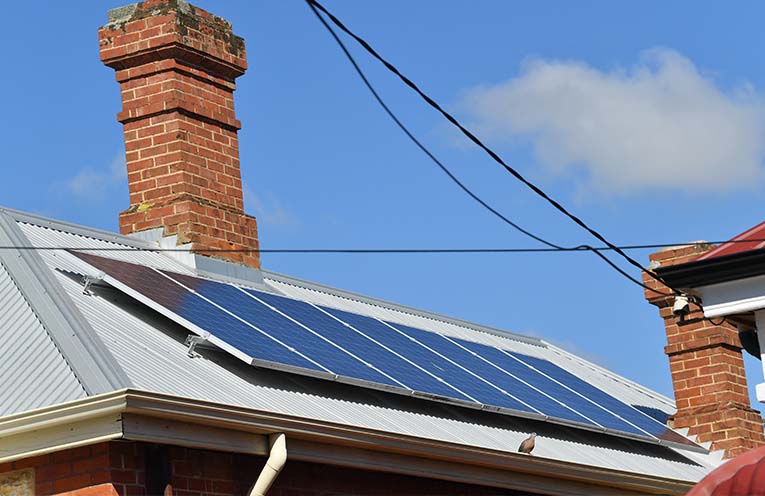
POWER planners have found nuclear energy does not stack up for Australia even after considering new parameters, with large-scale solar and big batteries still the lowest-cost option.
In an official update released on Monday, as the federal opposition prepares to release its costings, scientists warn taxpayers will need deep pockets and a lead time of at least 15 years to develop nuclear energy generation.
 Advertise with News of The Area today.
Advertise with News of The Area today.It’s worth it for your business.
Message us.
Phone us – (02) 4981 8882.
Email us – media@newsofthearea.com.au
For the seventh straight year, renewables were the lowest-cost of any new-build electricity-generating technology.
After a global energy crisis and equipment supply crunch several years ago, large-scale solar and lithium battery storage have weathered the inflationary period the best of all technologies.
The cost of batteries recorded the largest annual reduction, with capital costs down by one-fifth. Rooftop solar costs are also coming down.
Australian Conservation Foundation nuclear policy analyst Dave Sweeney said four million households with rooftop solar, energy producers and retailers have already voted with their feet and wallets.
“Nuclear is not right for Australia, which has some of the best renewable energy resources on the planet,” he said.
The GenCost 2024-25 Report released for consultation comes as the coalition pushes for an end to Australia’s nuclear ban and promises to have reactors online in as soon as 10 years if elected in 2025.
Opposition Leader Peter Dutton, eyeing sites in seven regional centres, has pledged to release the coalition’s nuclear costings “this week”.
But nuclear energy generation would be 1.5 to two times more expensive than large-scale solar, according to the analysis by the national science agency CSIRO and the Australian Energy Market Operator.
A one-gigawatt nuclear plant has a price tag of roughly $9 billion, but the bill would double to $18 billion as the first of its kind.
Operators would also need to establish new connection points to safely supply the national electricity grid, experts warn.
Advocates have demanded greater recognition of the potential cost advantages of nuclear’s long operating life compared to solar panels and wind turbines, but CSIRO chief energy economist and GenCost lead author Paul Graham said he found none.
“Similar cost savings can be achieved with shorter-lived technologies including renewables, even when accounting for the need to build them twice,” Mr Graham said.
Nuclear’s capacity factor – referring to how much of a year a reactor could operate at full tilt – remains unaltered at 53-89 percent based on verifiable data and consideration of Australia’s unique electricity generation needs.
Nor would the often-touted United Arab Emirates example of a relatively quick 12-year nuclear construction time-frame be achievable here, the report found, because Australians require consultation.
“The facts are laid out very clearly in the GenCost report, and our government respects the work of CSIRO scientists and researchers and listens to that advice,” Industry and Science Minister Ed Husic said.
“Peter Dutton’s nuclear fantasy not only threatens to blow out the budget, it also threatens jobs and household power bills,” he said.
Energy Minister Chris Bowen said renewables remain the cheapest new-build electricity generation in Australia to 2050, as standalone assets and when also accounting for the required storage, transmission and firming.
The report is open for industry, community and political feedback until February 11.
By Marion RAE, AAP
